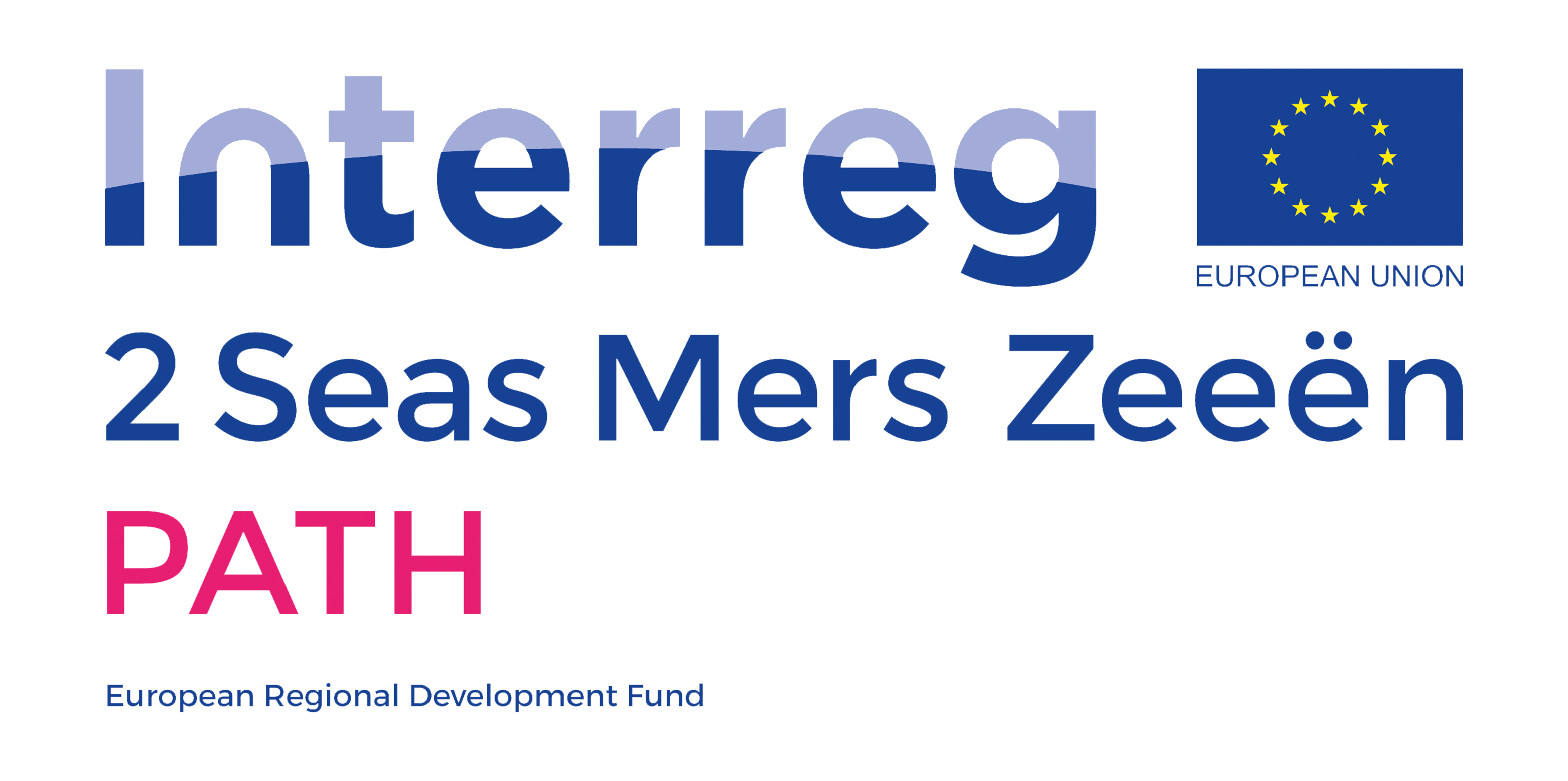
© 2021 Copyright: Bournemouth University
Research indicates that depression in fathers in the postnatal period is also associated with increased risk of some adverse child development outcomes 3.
The study of epigenetics gives insight into the importance of good maternal mental health for creating a healthy in-utero environment that shapes the life course of the infant.
Preterm labour and low birth weight for gestational age are the most common outcomes associated with antenatal stress or anxiety4 5.
Some serious mental illnesses like schizophrenia and bipolar disorder may have additional risk of poorer outcomes including placental abnormalities (placental abruption; placenta praevia) and stillbirth6.
There can be challenges in assessing and identifying PMI in the antenatal period as many physical symptoms overlap with symptoms associated with PMI and need careful exploration by practitioners.
Pregnancy provides a critical window to detect and treat PMI at the earliest opportunity, maximising the opportunity for good outcomes for the child across the life-course.
In order to thrive emotionally, an infant needs to:
PMI can affect a parent’s ability to care for and develop a predictable relationship with their baby that enables them to achieve these key tasks.
Infants may demonstrate stress and anxiety as a result, manifesting as poor sleep patterns, feeding difficulties, restlessness and gastric disturbances.
The Harvard Center on the Developing Child highlights how frequent or prolonged activation of the body’s stress system can result in structural and physiological changes to the infant’s functioning that can impact on their development.
Anxiety has been found to have high levels of intergenerational transmission7 8.
It is important for practitioners to remain mindful of factors such as childhood abuse or trauma that may be associated with PMI, taking into account the potential experience and impact of trauma during the perinatal period.
Research into Adverse Childhood Experiences (ACEs) can support sensitive enquiry into a parent’s history and improve awareness of how parental experiences have influenced their perceptions, feelings and coping behaviours.
Trauma-informed approaches in the antenatal period changes the narrative from
‘What’s wrong with you?
To…
‘What happened to you?’
For further information see this good practice guide to implementing trauma-informed care.
It is important to note that the majority of children will not be adversely affected by parental PMI and that sensitive, consistent and responsive caregiving can significantly moderate any risk9
Fathers’ involvement in their children’s lives has consistently shown to improve child outcomes10 including better attachment, fewer behavioural problems, improved language, cognitive and social skills.
See Research Summary from the Fatherhood Institute.
Positive couple relationships are associated with lower levels of stress and positive mental wellbeing for both parents. ‘Thinking Family’ can help ensure positive outcomes for all.
There is growing evidence that the first 1001 days, from conception to birth are crucially important. Addressing adversity AND supporting early relationships are important in giving children the best possible start in life.
View some infographics about the first 1001 days on the Parent and Infant Foundation website.
1. Glover, V. and Barlow, Jane (2014) Psychological adversity in pregnancy : what works to improve outcomes? Journal of Children’s Services, 9 (2). pp. 96-108.
2.Sandman, C.A., Davis, E.P, Buss, C. & Glynn, L.M., (2011) Prenatal Programming of Human Neurological Function. International Journal of Peptides, vol. 2011. Available at: 1.usa.gov/1YlK8bU
3. Sethna, V., Murray, L., Edmondson, O., Iles, J., Ramchandani, P. (2018) Depression and playfulness in fathers and young infants: A matched design comparison study. Journal of Affective Disorders. Volume 229, 15 March 2018, Pages 364- 370
4. Lou, H. C., Nordentoft, M., Jensen, F., et al (1992) Psychosocial stress and severe prematurity. Lancet. 340, 54
5. Lou, H.C., Hansen, D., Nordentoft, M., et al (1994) Prenatal stressors of human life affect fetal brain development. Developmental Medicine and Child Neurology. 36, 826-832.
Lou, H. C., Nordentoft, M., Jensen, F., et al (1992) Psychosocial stress and severe prematurity. Lancet. 340, 54.
6. Webb, R., Abel, K., Pickles, A. and Appleby, L., (2005) Mortality in Offspring of Parents With Psychotic Disorders: A Critical Review and Meta-Analysis. The American Journal of Psychiatry. 162(6), 1045-56.
7. Grant, A., McMahon C., Austin, P. et al (2009) Maternal prenatal anxiety, postnatal caregiving and infants’ cortisol responses to the still-face procedure. Dev Psychobiol. 51(8), 625–637.
8. Bowers, M & Yehuda, R. (2016) Intergenerational Transmission of Stress in Humans
9. Grant, A., McMahon C., Austin, P. et al (2009) Maternal prenatal anxiety, postnatal caregiving and infants’ cortisol responses to the still-face procedure. Dev Psychobiol. 51(8), 625–637.
10. Sarkadi, A., Kristiansson, R., Oberklaid, F., & Bremberg, S. (2008) Fathers’ involvement and children’s developmental outcomes: a systematic review of longitudinal studies. Acta Paediatrica. 97(2): 153–158.